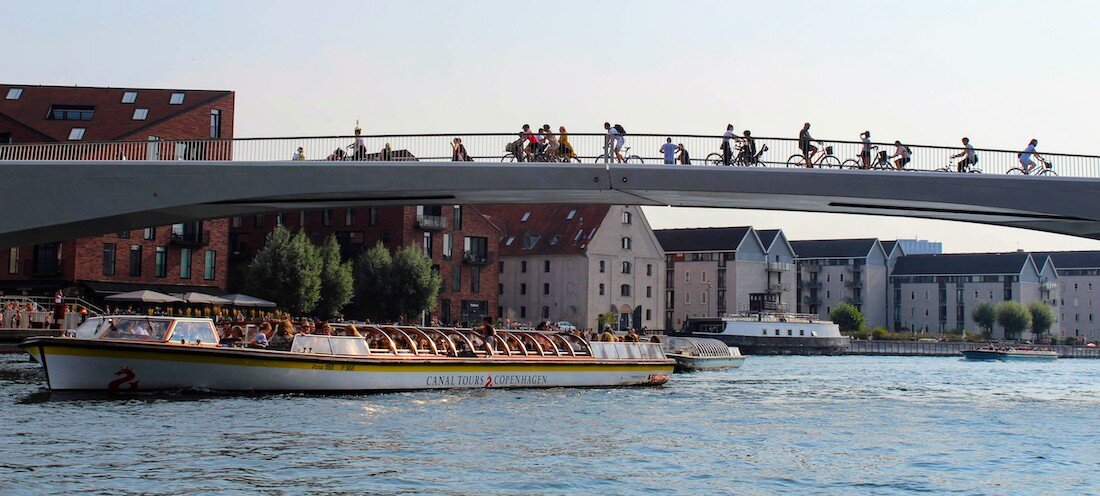Getting around in Copenhagen
Metro - Copenhagen subways, trains, and buses are all on one system, run by DOT. Fares are based on zones, and a pay-as-you-go fare will range from 10-60 kr depending on the zones traveled. The fare will cover unlimited travel within a 1-2 hour period. You can also get a City Pass, either small or large, for however number of days you need it. City Pass Small will cover all of the central areas listed in this guide and itinerary, and will also get you to the airport. I would recommend the Small Pass unless you’re planning on doing a lot of day trips further outside of the city. Map to the zones covered is here. You can buy either a physical pass at the metro or train stations, at 7/11 stores, or you can purchase fares online or through their app. There’s no turnstiles to get onboard the trains - everything is digital. Just have your City Pass or proof of purchase available in case transit police are checking.
The metro is the newest built transit, and while it is incredibly helpful getting to and from the airport, it doesn’t cover a lot of the city. It also is not air conditioned in the summer and can get fairly stuffy in the cars. It’s also a very fast, convenient, and easy to navigate form of travel if the points you are starting and ending at are nearby stations.
The bus will cover much more of the city, and can also be a great way to see parts of Copenhagen while you’re traveling to and from sites. All buses are well marked and travel on a published schedule.
Bike - Biking is the preferred form of travel for most Danes in Copenhagen. Biking is done in all forms of weather year-round. You’ll see people riding Christiana bikes with storage in front for groceries, children, or anything else they need to carry. Bike rentals are plentiful around the city, as are city share bikes, in case you don’t want to have to worry about locking it up. Given the flat, well-marked streets, it’s worth looking into getting a bike for at least some of your stay.
Scooter - Electric scooters have risen in popularity in Denmark over the past several years. Unlike in the States, where you see them falling into sidewalks, streets, blocking cars, etc, in Denmark electric scooters are usually lined up orderly away from foot traffic. You should return your scooter in the same way.
Cars- Uber and local taxis are both available in Copenhagen, though given the efficiency of the metro system, and the easy walkability, I wouldn’t necessarily recommend unless you’re traveling late at night or carrying heavy luggage. I would not recommend renting a car anywhere in the city. It is both very expensive and difficult to drive around.













